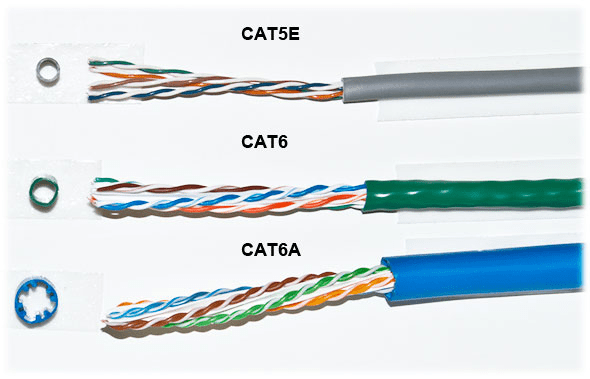
A Comprehensive Guide to Ethernet Cable Categories
Introduction: Ethernet cables are the backbone of our modern digital world, connecting devices and enabling seamless communication. In this article, we will explore the different categories of Ethernet cables, specifically Category 5, Category 5e, and Category 6. Understanding these categories will help you make informed decisions when it comes to choosing the right Ethernet cable for your networking needs.
Category 5, Category 5e, and Category 6
Category 5 (Cat 5): Category 5 Ethernet cables, commonly referred to as Cat 5 cables, were the industry standard for many years. They are capable of transmitting data at speeds of up to 1000 Mbps (megabits per second) and have a frequency range of up to 100 MHz (megahertz). Cat 5 cables are suitable for most home and small office networks, providing reliable performance for everyday internet usage, file sharing, and basic streaming.
Category 5e (Cat 5e): Category 5e Ethernet cables, also known as Cat 5e cables, are an enhanced version of Cat 5 cables. They offer improved performance and are backward compatible with Cat 5 cables. Cat 5e cables can handle data transmission speeds of up to 1000 Mbps and have a frequency range of up to 100 MHz, just like Cat 5 cables. However, they have better insulation and reduced crosstalk, which improves the overall signal quality and reduces interference. Cat 5e cables are ideal for high-speed internet, online gaming, and streaming high-definition content.
Category 6 (Cat 6): Category 6 Ethernet cables, or Cat 6 cables, are the latest standard in Ethernet technology. They are designed to support data transmission speeds of up to 10 Gbps (gigabits per second) and have a frequency range of up to 250 MHz. Cat 6 cables have even better insulation and reduced crosstalk compared to Cat 5e cables, making them ideal for demanding applications such as data centers, large office networks, and multimedia streaming. They provide superior performance and reliability, ensuring smooth and uninterrupted data transfer.
Key Differences: While all three categories of Ethernet cables can handle data transmission at Gigabit speeds, there are some key differences that set them apart. Cat 5 cables are the most basic and affordable option, suitable for everyday home and small office use. Cat 5e cables offer improved performance and are backward compatible with Cat 5 cables, making them a popular choice for most networking applications. Cat 6 cables are the top-of-the-line option, providing the highest speeds and better signal quality, but they also come with a higher price tag.
Conclusion: Choosing the right Ethernet cable category is crucial for ensuring optimal network performance. Category 5, Category 5e, and Category 6 cables all have their own strengths and applications. If you are looking for a cost-effective solution for everyday internet usage, Cat 5 cables will suffice. For better performance and compatibility, Cat 5e cables are a solid choice. If you require the highest speeds and superior signal quality, Cat 6 cables are the way to go. Evaluate your networking needs and make an informed decision based on the requirements of your specific setup.

